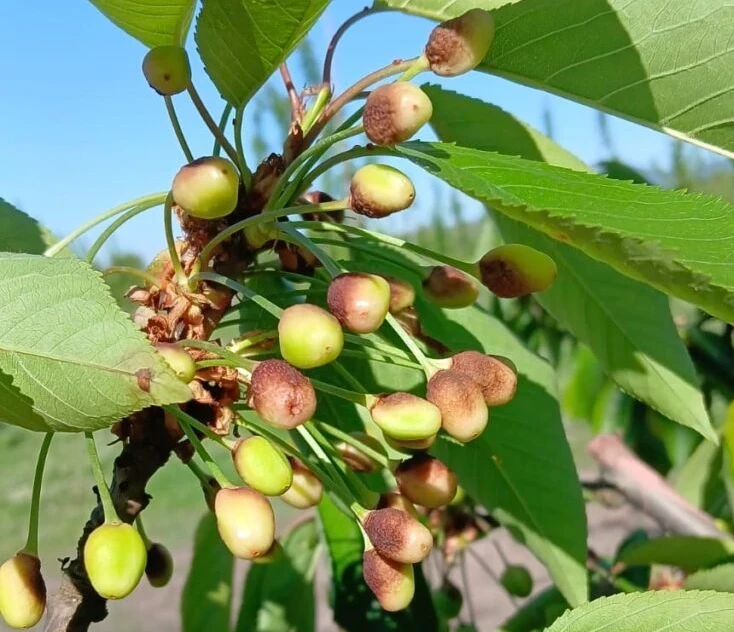With the end of the harvest in the Jammu and Kashmir regions, India is entering a phase entirely dominated by cherry imports. This is according to Shivjit Zende, founder of Gurudatt IMPEX Pvt. Ltd., who confirms the arrival of large air shipments from the United States, Turkey, and Iran.
Sea shipments are also underway, especially from the Mashhad region.
The Cherry Market
According to Zende, the quality of imported cherries has been particularly high this year. "Producers have gained experience in post-harvest practices, and packaging standards have improved compared to last season," he explains.
Mashhad cherries from Iran stand out above all, thanks to ideal climatic conditions. Supplies from the United States and Turkey also show consistently high quality.
However, there are still logistical challenges. "Cherries are extremely delicate fruits: they must be pre-cooled immediately after harvest and transported quickly," Zende clarifies.
His team advises local producers to implement early cooling, store cherries in cold rooms, and opt for air shipments for distant markets such as Mumbai, Bangalore, and Chennai. In India, the cold chain is maintained using refrigerated vans until delivery to the end customer.
Varieties, Costs and Outlook
Both domestic and imported supplies offer a wide range of varieties. In Kashmir, the most requested include Jaddi, Mishri, Makhamali, Italy, Holland, Sweetheart, Cruzeland and Double Cherry, with Mishri especially appreciated for its sweetness and crunchiness.
In terms of pricing, 2025 is seeing significant increases, mainly due to rising air freight and labor costs. “Transport remains the key factor in determining the final price of cherries,” Zende highlights.
New Routes Ahead
Looking forward, Gurudatt IMPEX plans to expand sourcing origins by including cherries from Spain and China. “Spain is known for its intensely sweet flavor, while China offers large-sized cherries, often over 20 mm, with very distinctive heart-shaped forms,” explains the entrepreneur.
The outlook for the coming months is clear: India’s cherry market will be entirely dependent on imports, with the United States expected to lead. “The Iranian season will end by late August, followed by Turkey’s until October. If prices remain acceptable, American cherries will continue to dominate even afterward,” Zende concludes.
Source: freshplaza.com
Image source: SL Fruit Service
Cherry Times – All rights reserved












